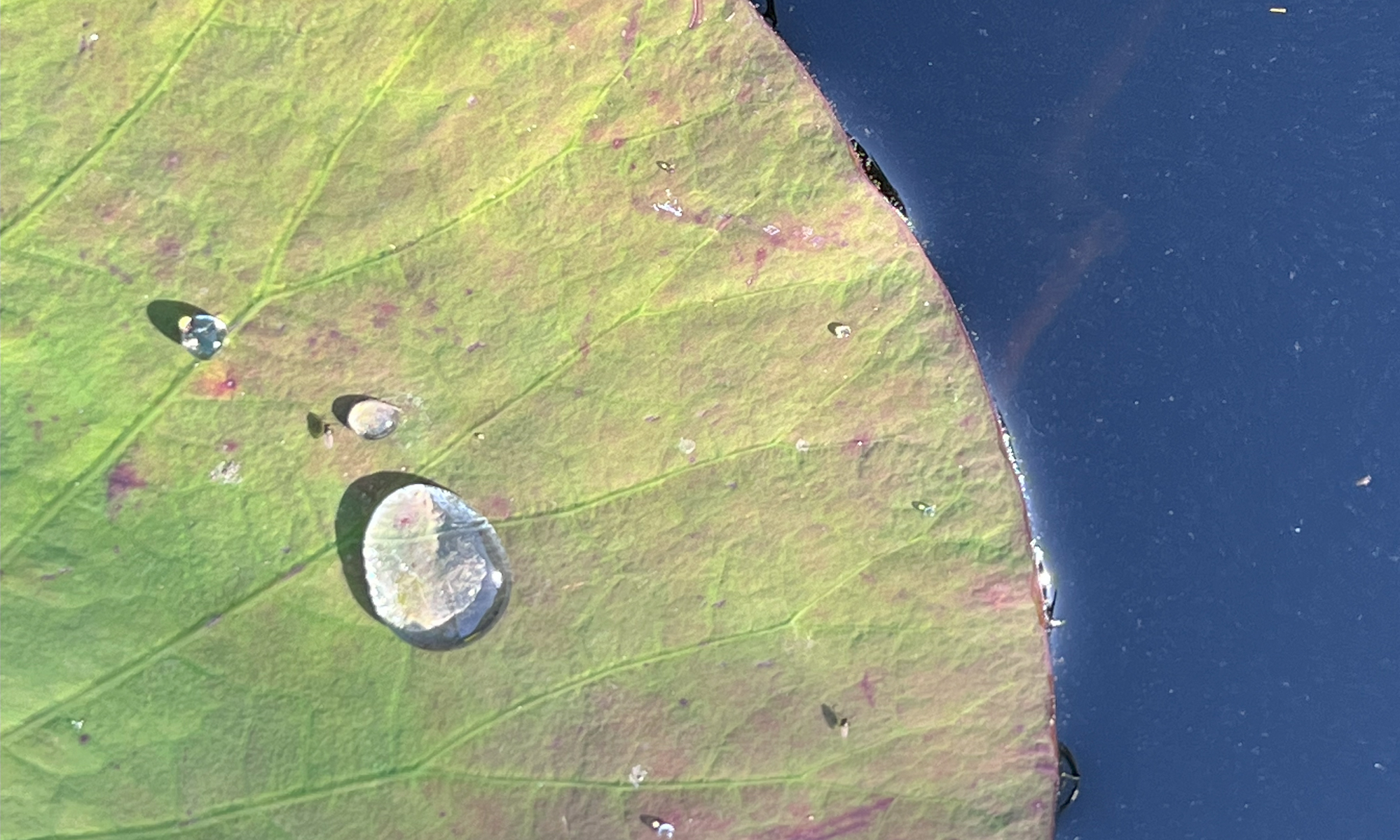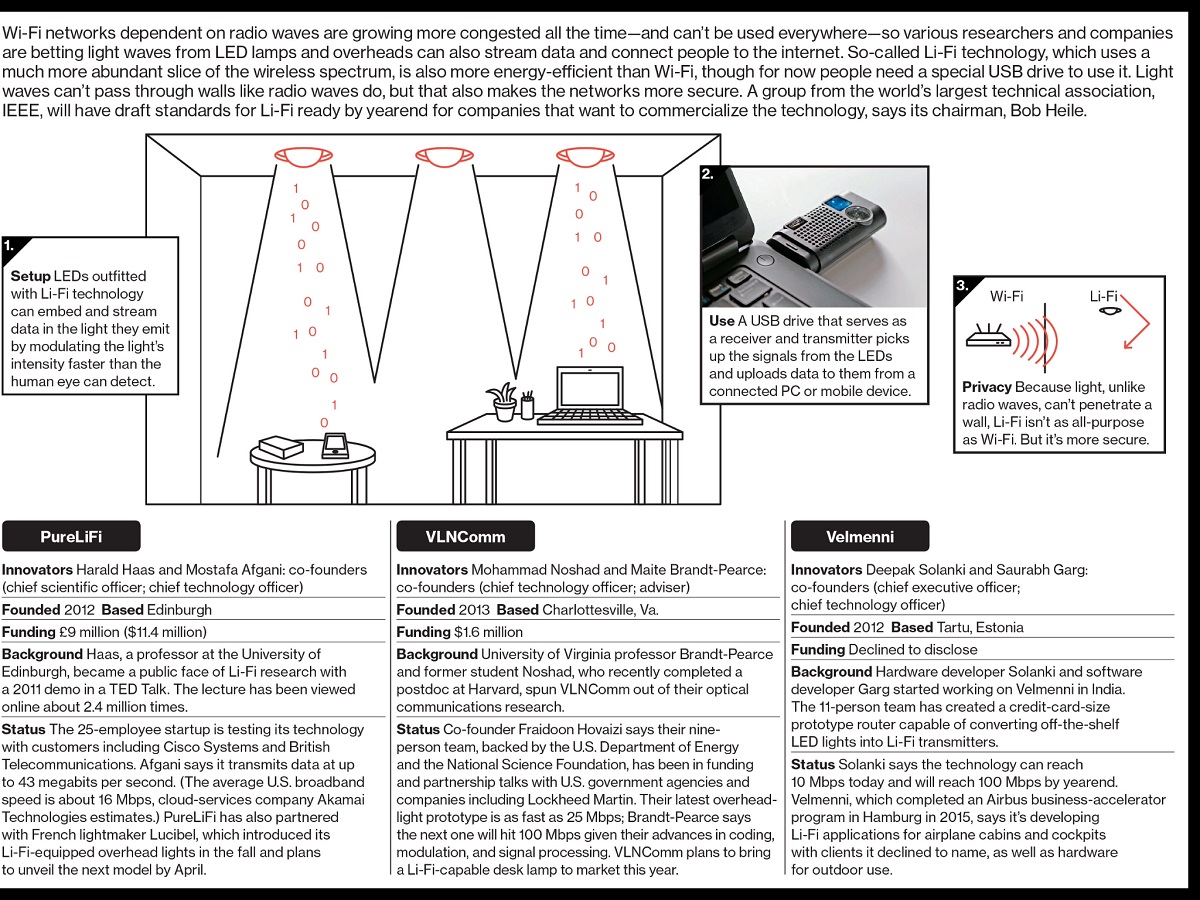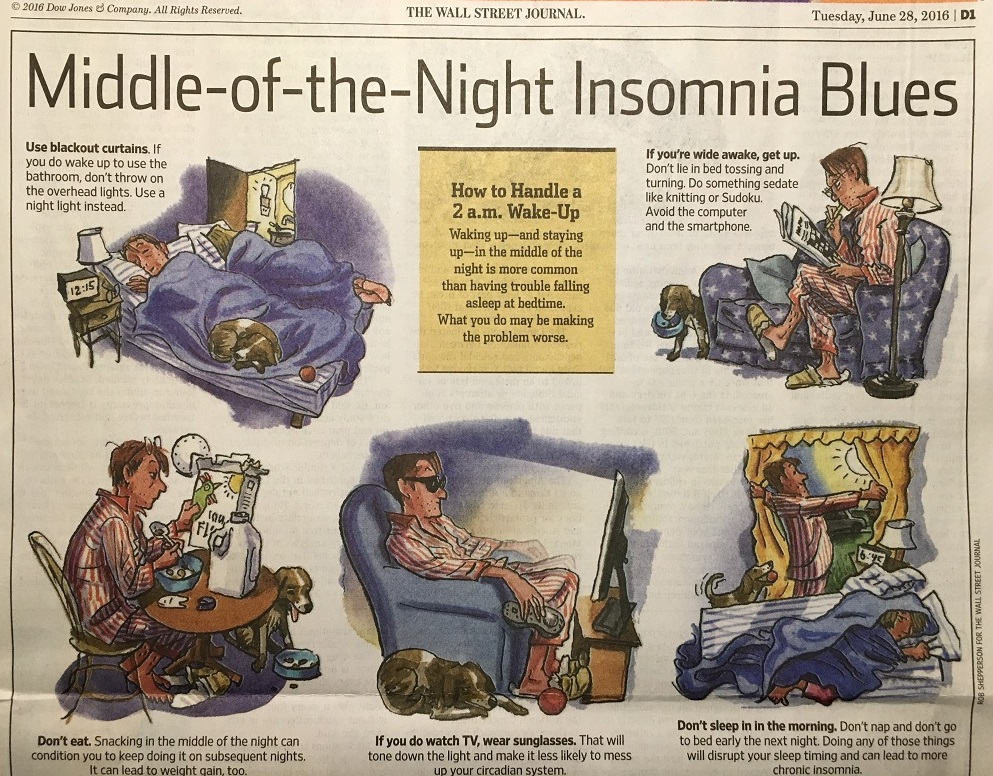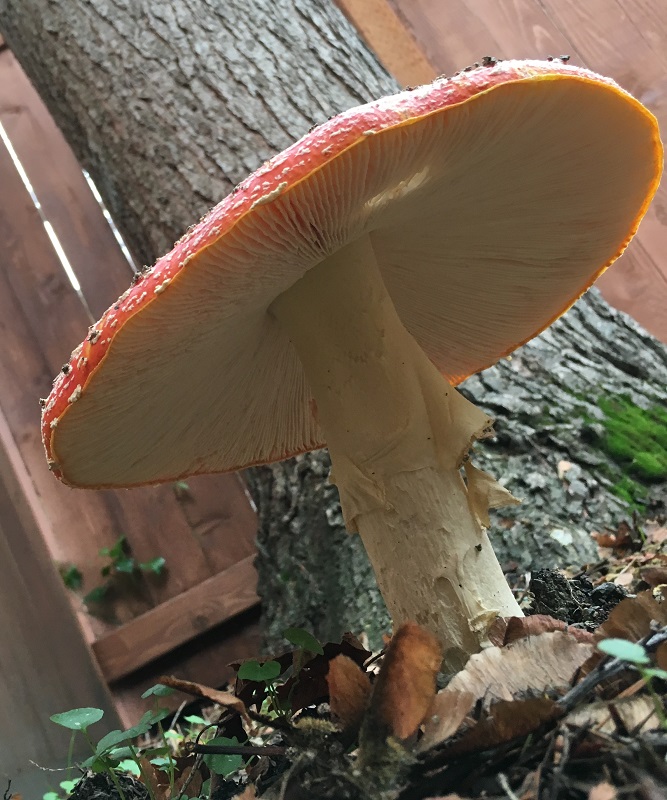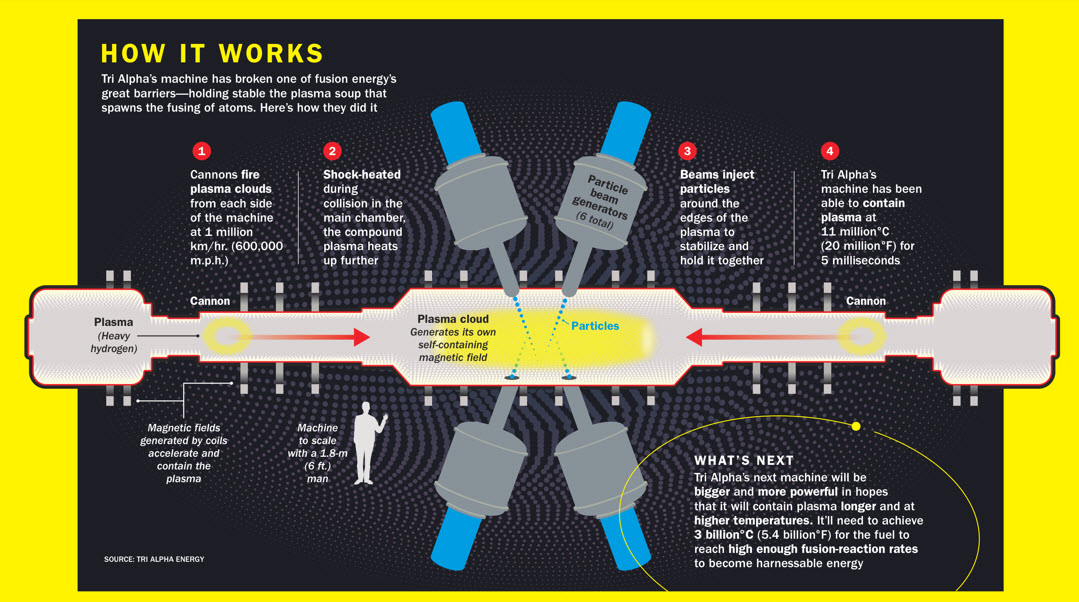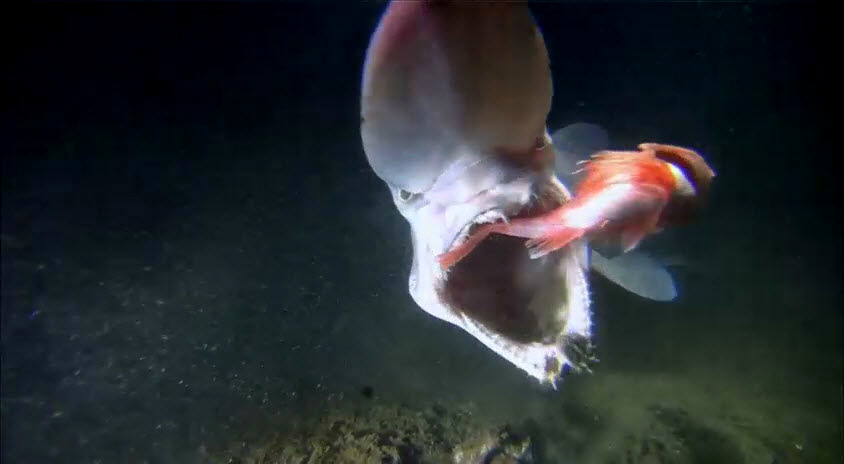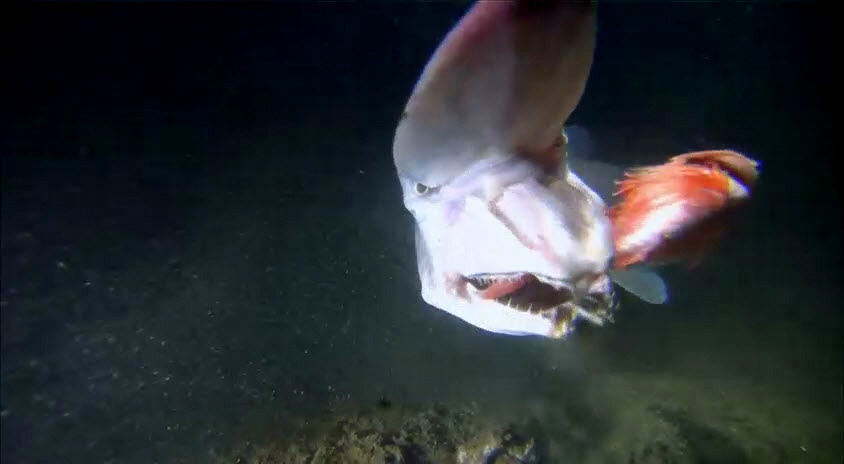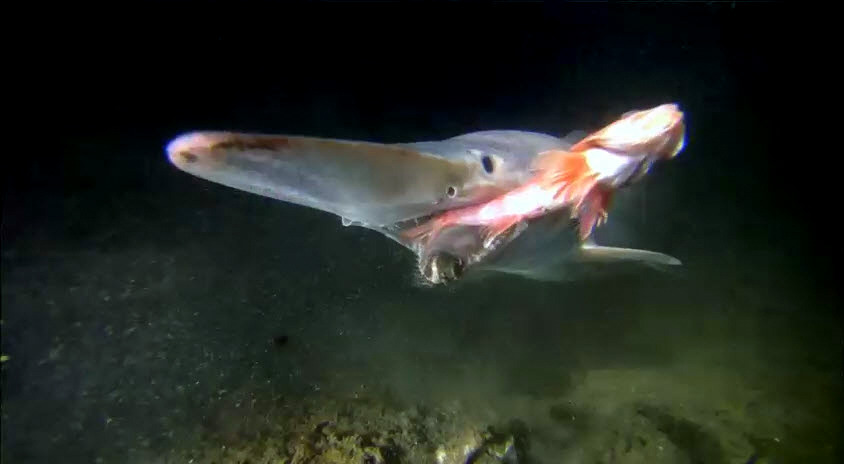Check out the Washington Post report of an elusive mollusk called the giant shipworm. It is as big as a baseball bat (and technically a bivalve, not a worm). Scientists had known of it for hundreds of years, from shell fragments and a handful of dead specimens. Recently a local TV station in the Philippines ran a short documentary about a strange shellfish living in a lagoon : the giant shipworm (kuphus polythalamia).
Saturday/ it’s a plume moth
Wednesday/ the Greater Adjutant Stork
I like to read animal stories that is about saving them from extinction, since so many species are at risk. This black bird – with a soulful glint in its eye – is the Greater Adjutant Stork, found in India and South-east Asia. The Associated Press reports that the bird is a carnivore and scavenger, and had long been thought to bring bad luck. The sentiments against it have turned, though. Locals in areas close to its habitat are now making an effort to help it survive.
Tuesday/ the Larsen C ice shelf crack
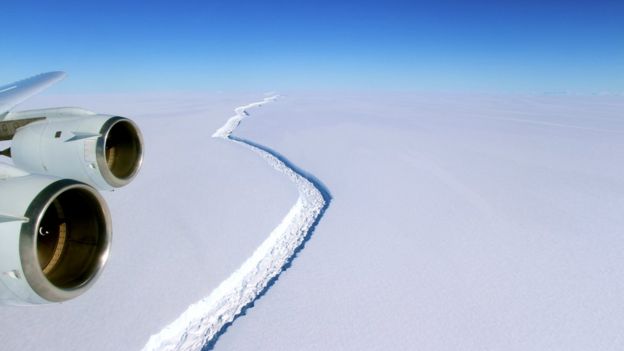
Antarctica’s Larsen A and B ice shelves already disintegrated in 1995 and 2002, but both were drastically smaller than the large ice shelf called Larsen C, on the Antarctic Peninsula. The impending collapse of part of Larsen C will really not raise sea levels, but it could affect glaciers behind it, and accelerate their melting. Check out this article and graphics from the New York Times.
A Crack in an Antarctic Ice Shelf Grew 17 Miles in the Last Two Months
By Jugal K. Patel – The New York Times, Feb. 7, 2017
A rapidly advancing crack in Antarctica’s fourth-largest ice shelf has scientists concerned that it is getting close to a full break. The rift has accelerated this year in an area already vulnerable to warming temperatures. Since December, the crack has grown by the length of about five football fields each day.

Saturday/ the volcano of Colima
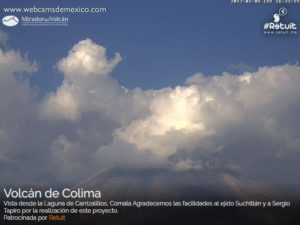
 There was an eruption at the volcano of Colima in Mexico on Jan. 26. (I did not even know there really are volcanoes in Mexico!). This volcano is the most active in Mexico, and the night-time picture from Uleses Ruiz Basurto in TIME magazine features a volcanic lightning bolt as well. Whoah .. better to keep some distance when earth and the heavens are this angry!
There was an eruption at the volcano of Colima in Mexico on Jan. 26. (I did not even know there really are volcanoes in Mexico!). This volcano is the most active in Mexico, and the night-time picture from Uleses Ruiz Basurto in TIME magazine features a volcanic lightning bolt as well. Whoah .. better to keep some distance when earth and the heavens are this angry!
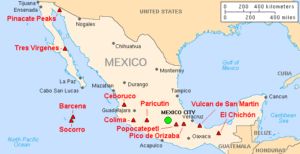
Thursday/ here comes Li-Fi
Friday/ the GOES-R satellite launch
I see I missed the GOES-R satellite launch on Nov 19 – a sophisticated new weather satellite that will beam weather images in 4 times the current resolution, and scan the atmosphere 5 times quicker. In about another week, once GOES-R is situated in orbit 22,300 miles above Earth, it will be known as GOES-16. Within a year, after undergoing a checkout and validation of its six instruments, the new satellite will become operational. Check out the description NOAA scientist Dr. Steve Goodman gave of the lightning mapper –
The GOES-R Geostationary Lightning Mapper (GLM) is a total lightning optical detector of in-cloud lightning and also lightning that strikes the earth, which we also call cloud-to-ground lightning. Ground-based lightning network data that you might see on TV use a network of radio receivers to locate the lightning. The lightning mapper is an optical instrument most correctly described as a transient event detector, rather than an imager as you might think of a camera taking pictures very, very quickly. The instrument processes 1 million pixels every 2 milliseconds, and does a frame-to-frame subtraction of the background at each pixel to identify lightning. If the current signal exceeds the background pixel amplitude level by a certain amount, the pixel is flagged as a lightning event. We use spatial (8 km pixel), temporal (2 millisecond sampling rate), and spectral filtering (we use the OI (1) oxygen emission line triple centered at 7774 nm) to detect the lightning optical pulse against the sunlit cloud top. Lastly, we do the frame-to-frame background subtraction mentioned above. The instrument processes all these data at 20 MHz and transmits all the detected data (lightning plus false non-lightning events) to the ground at 7.7 MB/sec. On the ground there are data processing algorithms to convert the detected signal to a geophysical radiance, geolocate, and assign attributes for each pixel. These pixels are further clustered in space and time to create “lightning flashes.” Thus, the final product that streams to users is a lightning flash with information on the radiance, latitude, longitude, and time. We cannot uniquely discriminate flash type- in-cloud or cloud-to-ground – on an individual flash basis; however, studies have shown that an increase in total lightning activity dominated by the in-cloud component is often a precursor to severe weather on the ground (tornado, wind, hail).


Saturday/ hematite pebbles
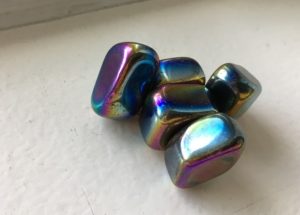
I checked out these little hematite pebbles (ground into rhomboid shapes) at a little gem and jewelry store at Sea-Tac airport when I came in on Thursday. Once you start playing with them, they are hard to put down (and so I had to buy a few!). The pebbles are magnetic, and immediately stick to each other if they get within a range of two inches or so. Electro-magnetism is one of the four forces between particles in our physical universe : electromagnetism, gravitational, weak nuclear and strong nuclear.
Saturday/ the Greenland shark
This article about Greenland sharks is fascinating. Sharks don’t have bones for carbon dating, so a research team used a protein in the shark’s eye to determine that these sharks easily reach 200 years in age, and some that are almost 400 years old have been found. They only reach reproductive age at an estimated 156 years!
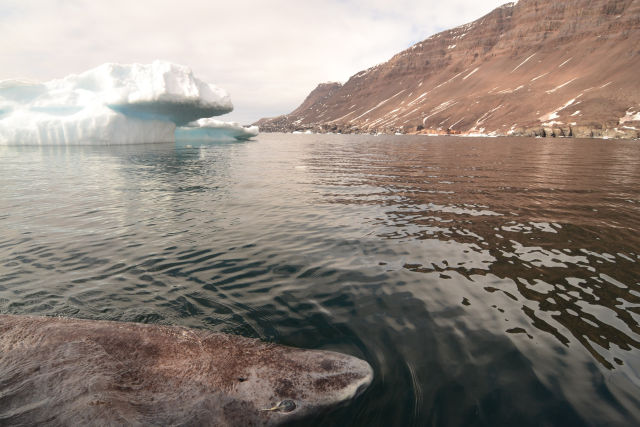
Friday/ elements through the ages
I bought a nice little Japanese book (translated to English) by Bunpei Yorifuji called ‘Wonderful Life with the Elements’. In the first few pages he gives an overview of how mankind learned to extract and use more and more elements from the earth’s crust. The universe is made mostly of hydrogen and helium, but Earth (by mass) is made of iron (32.1%), oxygen (30.1%), silicon (15.1%), magnesium (13.9%), sulfur (2.9%), nickel (1.8%), calcium (1.5%), and aluminium (1.4%); with the remaining 1.2% consisting of trace amounts of other elements.
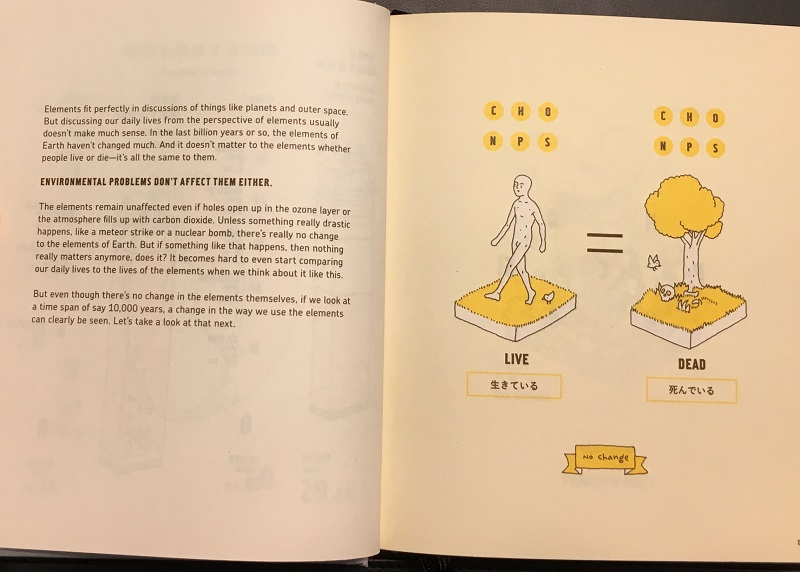
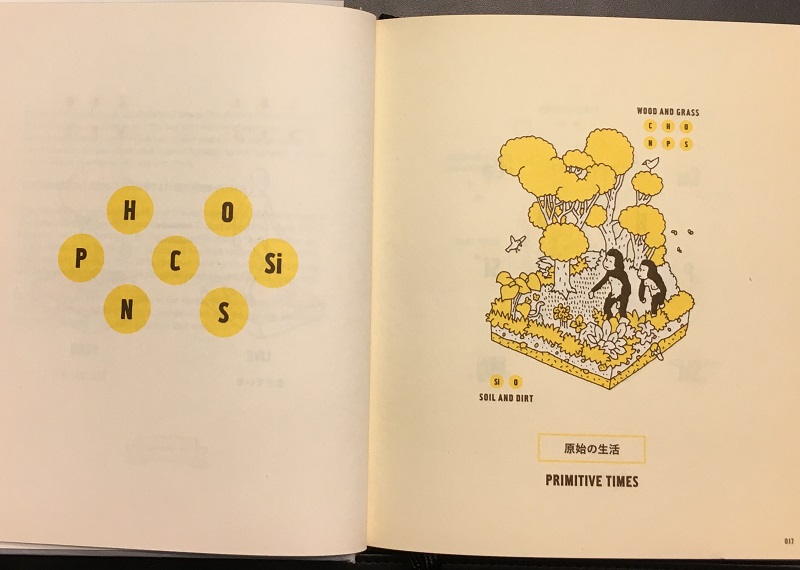
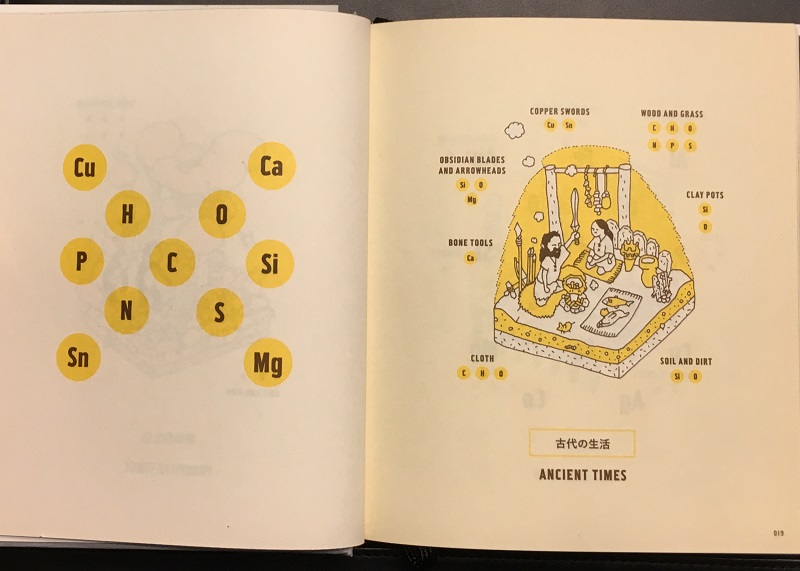
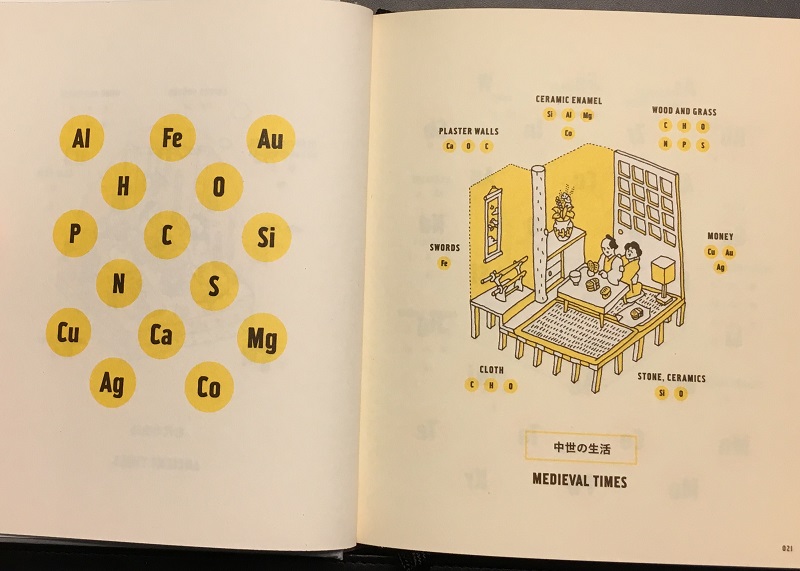
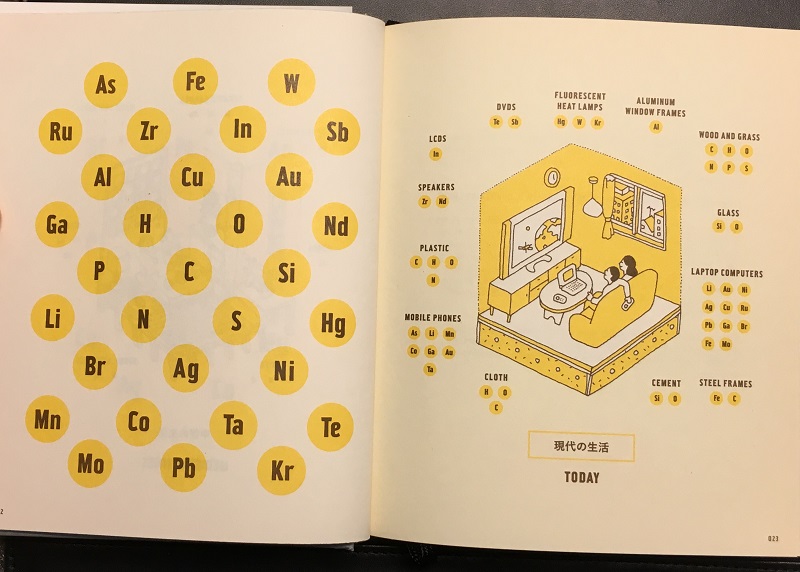
Wednesday/ don’t be an insomniac
Thursday/ warm weather

We have had the warmest April on record, and some unseasonably warm weather here in Seattle for May so far as well. Some 20 degrees above average/ 11 degrees Celsius. So we will have to wait and see how high the peaks of the summer days will be, and if we are going to reach up into the 90s or even 100. (The hottest temperature recorded here ever, was in the summer of 2009, on July 29, when the mercury hit 103 °F/ 39.4 °C).
Friday/ pump some hydrogen
Here is a hydrogen gas dispenser station that I noticed as I was filling up my rental car with fossil fuel gas on Thursday. Whoah, cool ! Let me take a closer look, I thought. I’m still on the look-out for catching a glimpse of a FCV (Fuel Cell Vehicle, such as a Toyota Mirai), on the freeways here in California.


Thursday/ Mr Toad ! your toadstool is ready.
Monday/ the Theory of General Relativity turns 100
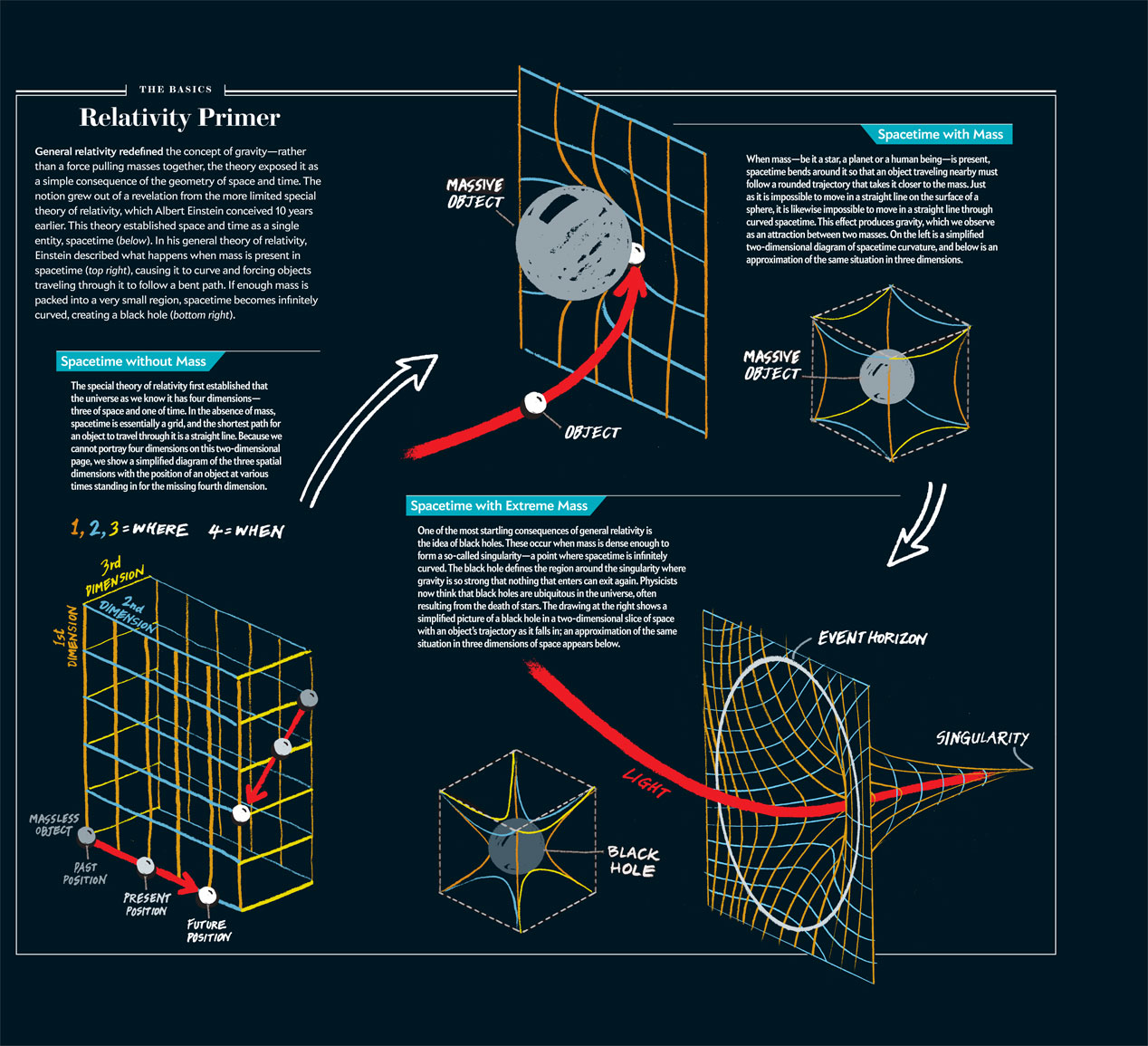
It is 100 years ago this November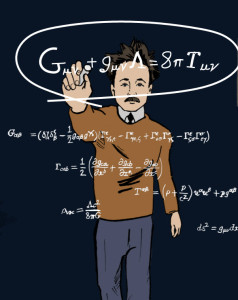 that Albert Einstein published his series of four papers called ‘The Foundation of the General Theory of Relativity’, each separated from the other by a week: on the 4th, 11th, 18th and the 25th of November 1915. From the Einstein Archives Online : ‘In Einstein’s universe, gravity is not regarded as an exterior force, but rather as a property of space and time, or spacetime. Einstein’s curved four-dimensional spacetime ‘continuum’ is often likened to a suspended rubber sheet stretched taut, but deformed whenever heavy objects – stars, galaxies or any other matter – are placed on it. Thus, a massive body like the sun curves the spacetime around it and the planets move along these curved pathways of spacetime. As Einstein put it : ‘matter tells space how to bend; space tells matter how to move’.
that Albert Einstein published his series of four papers called ‘The Foundation of the General Theory of Relativity’, each separated from the other by a week: on the 4th, 11th, 18th and the 25th of November 1915. From the Einstein Archives Online : ‘In Einstein’s universe, gravity is not regarded as an exterior force, but rather as a property of space and time, or spacetime. Einstein’s curved four-dimensional spacetime ‘continuum’ is often likened to a suspended rubber sheet stretched taut, but deformed whenever heavy objects – stars, galaxies or any other matter – are placed on it. Thus, a massive body like the sun curves the spacetime around it and the planets move along these curved pathways of spacetime. As Einstein put it : ‘matter tells space how to bend; space tells matter how to move’.
It is of course one thing to put forth a philosophical theory, but Einstein did much more than that. He wrote up a set of ten equations known as the Einstein Field Equations that described the fundamental interactions of gravitation, matter and energy in spacetime.
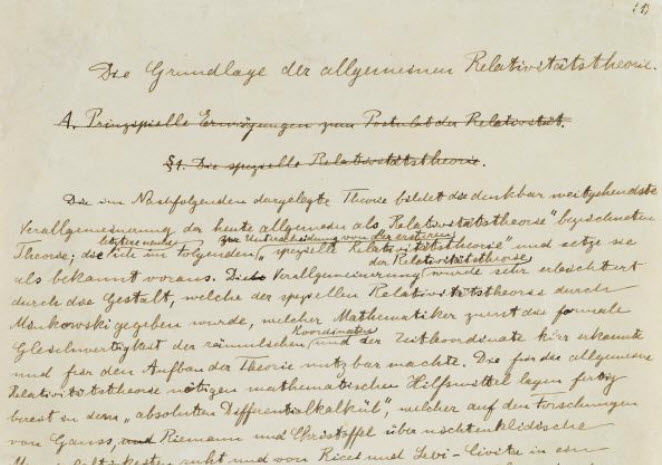
Sunday/ fusion or illusion?
TIME magazine has an excellent write-up on the on-going efforts – and progress made – to build a fusion reactor to solve the world’s needs for cheap energy. Check it out here. The engineering challenges are mind-boggling, but so are the possibilities, if humanity can ever solve the challenge of harnessing the energy released by controlled nuclear fusion. From the TIME article : The endgame for these companies isn’t acquisition by Google followed by a round of appletinis. It’s an energy source so cheap and clean and plentiful that it would create an inflection point in human history, an energy singularity that would leave no industry untouched.
Sunday/ the Experiminta Science Center
The Experiminta Science Center is just a block from the Marriott hotel as well, and it was great to see such unabashed enthusiasm for math and science on display. My pictures are of some items that interested me, but there are many other interactive displays geared toward school kids of all ages. Here is the link for Rott’s Chaotic Pendulum.
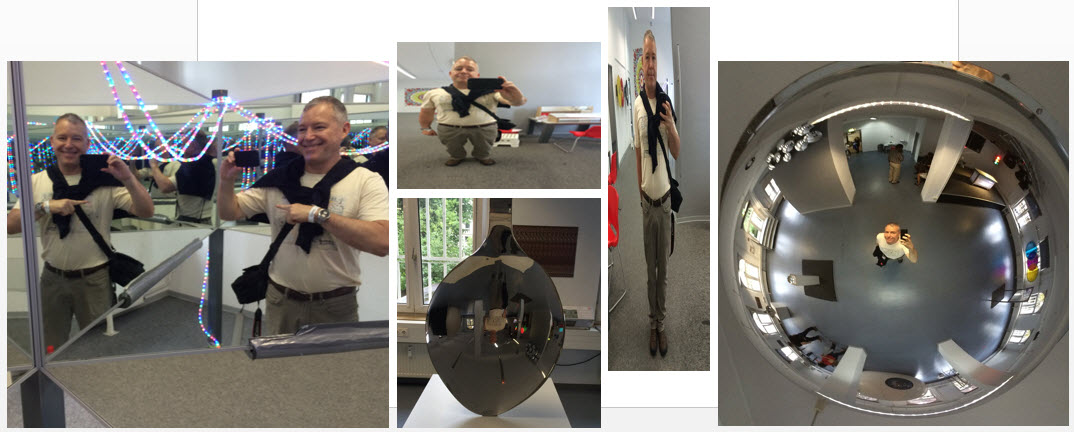
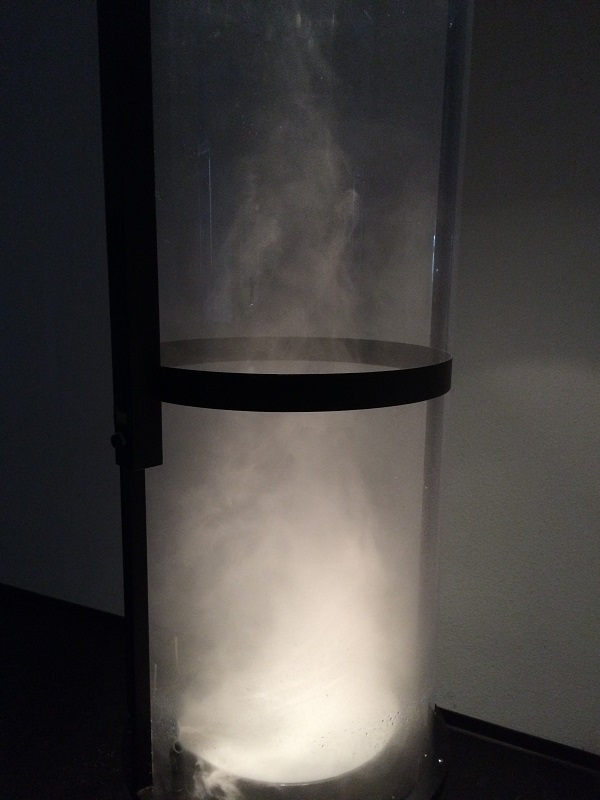
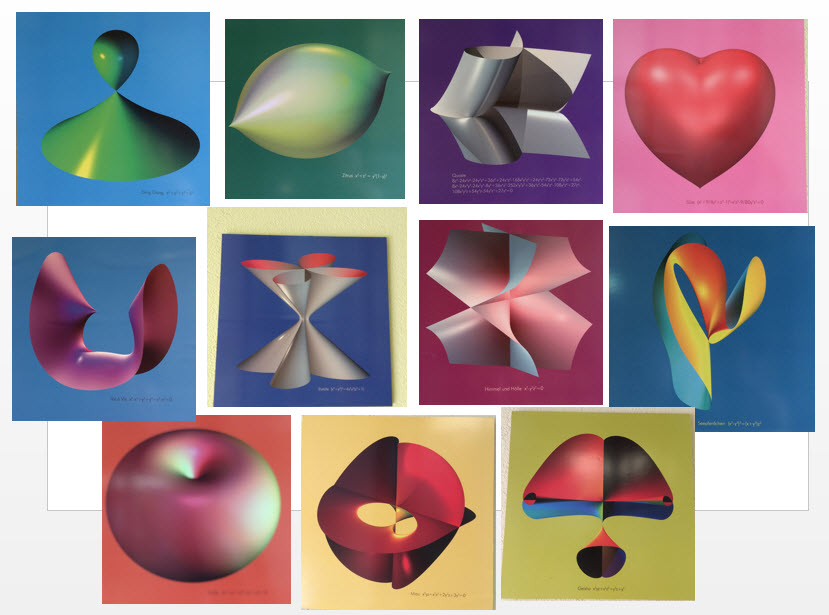

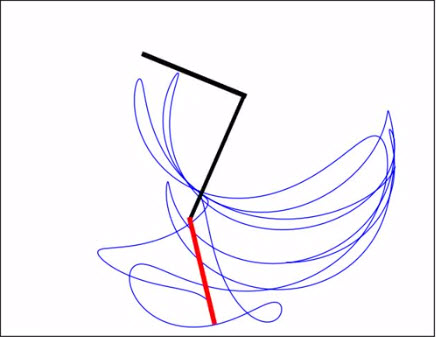
Saturday/ the Senckenberg Naturmuseum
I was surprised to learn, from looking at my Frankfurt map, that the Senckenberg Naturmuseum was barely a five-minute walk from my hotel. Well, you have to go then, I told myself, and hurry up ! The museum closed at 6, along with every other establishment in Germany*.
*Shopping malls close a little later, at 9 pm .. but there is not much open on Sunday (convenience stores at gas stations are). I think that’s a good thing .. even with the Saturday evening rush that I got caught in at a grocery store just trying to buy a yogurt and bananas.
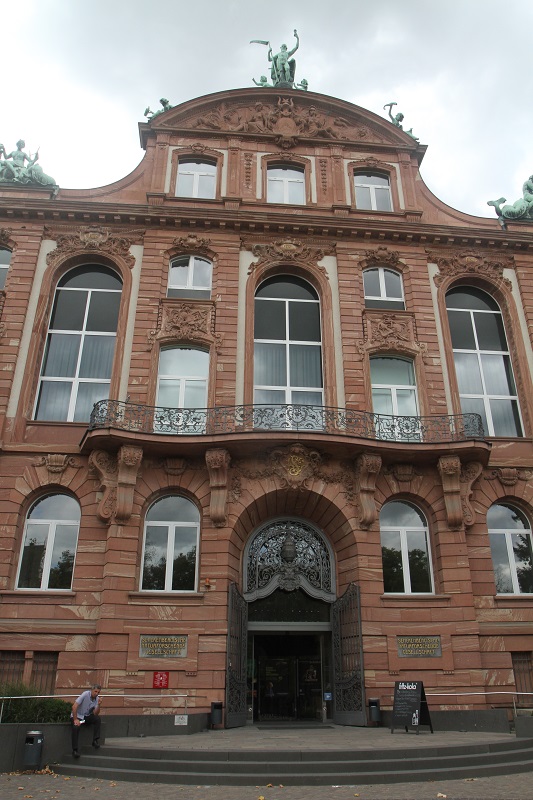

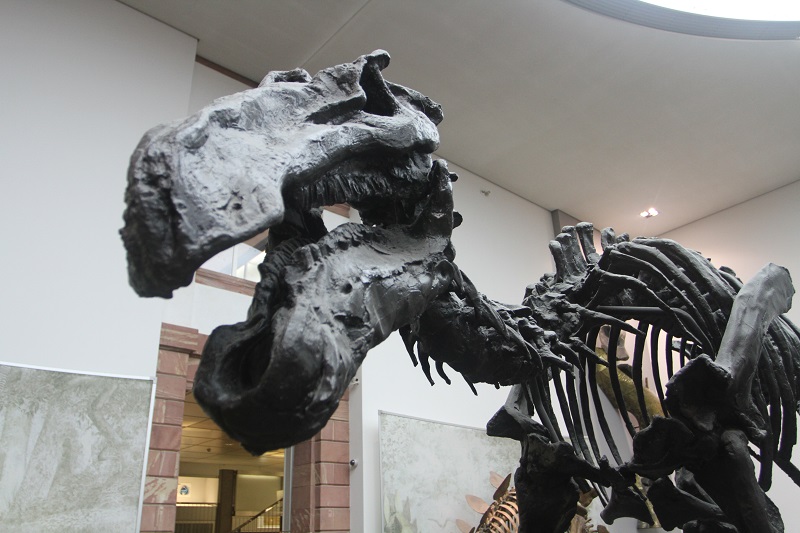
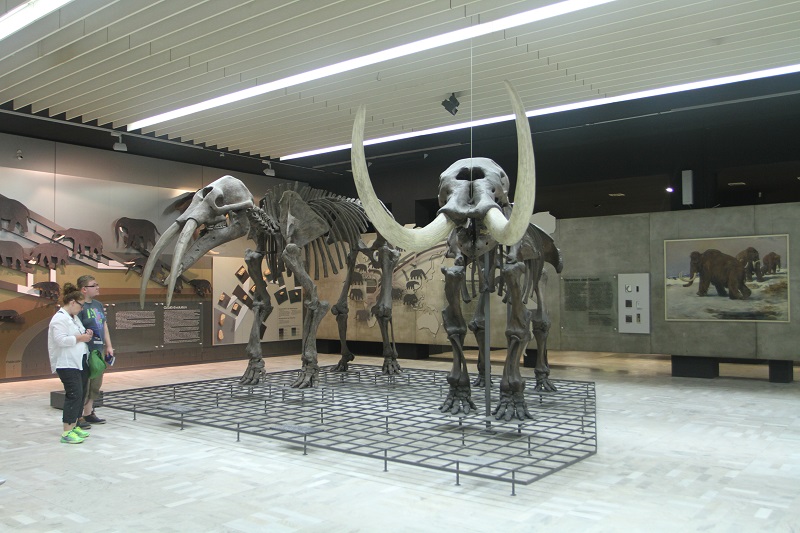
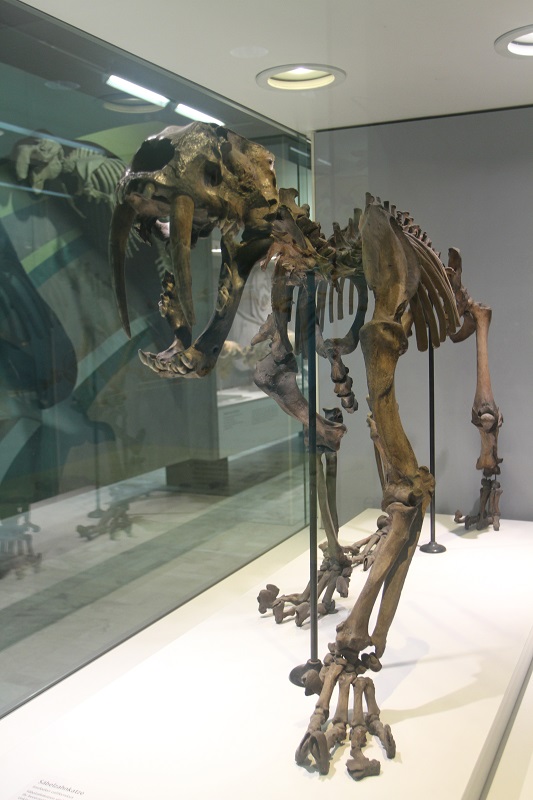
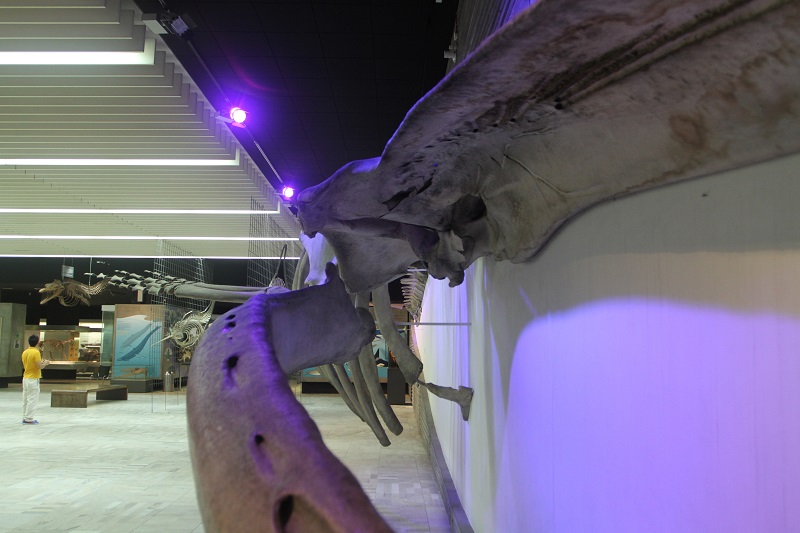
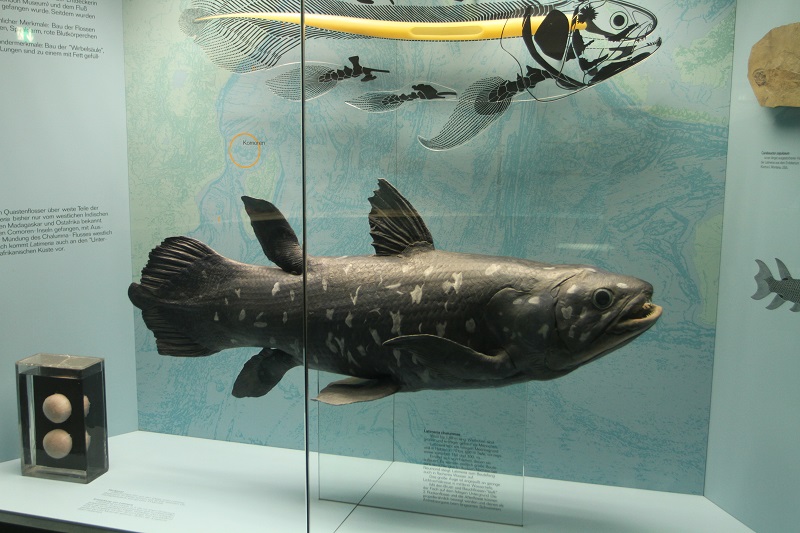



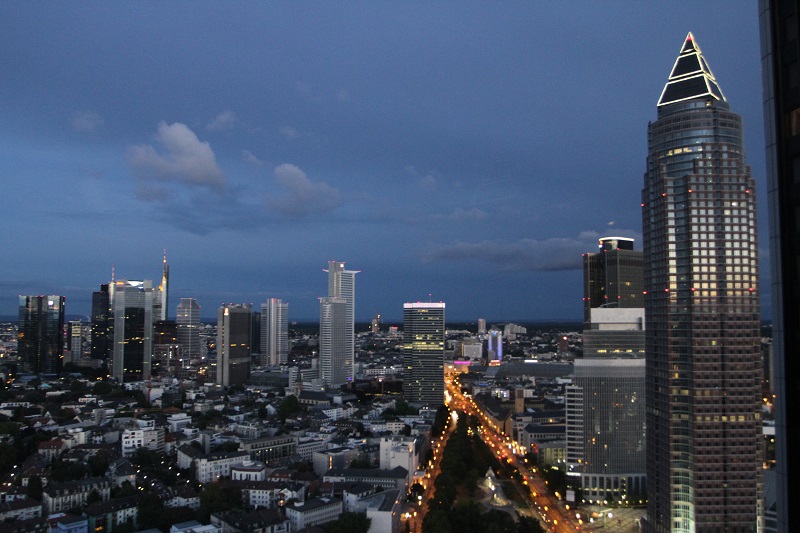
Tuesday/ 315 yrs into a 243-yr cycle
I was blissfully unaware of the Juan de Fuca Plate tectonic plate, 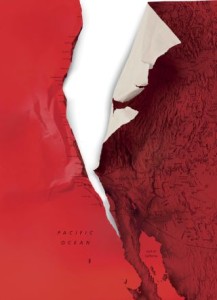 the edge of which runs alongside the Seattle coast, when I moved here in 2000. That did not last long, because in 2001 there was a 6.8 magnitude earthquake in Washington State, the Nisqually earthquake. It was deep down and caused some property damage but there were no casualties. A new compelling article by Kathryn Schulz in The New Yorker with alarmist undertones and cataclysmic scenarios reminds us of the 9.0 magnitude Cascadia earthquake from Jan 26, 1700. And that the area is overdue for the next 9.0 earthquake. The logic is irrefutable : ‘ .. we now know that the Pacific Northwest has experienced forty-one subduction-zone earthquakes in the past ten thousand years. If you divide ten thousand by forty-one, you get two hundred and forty-three, which is Cascadia’s recurrence interval: the average amount of time that elapses between earthquakes. That timespan is dangerous both because it is too long—long enough for us to unwittingly build an entire civilization on top of our continent’s worst fault line—and because it is not long enough. Counting from the earthquake of 1700, we are now three hundred and fifteen years into a two-hundred-and-forty-three-year cycle.
the edge of which runs alongside the Seattle coast, when I moved here in 2000. That did not last long, because in 2001 there was a 6.8 magnitude earthquake in Washington State, the Nisqually earthquake. It was deep down and caused some property damage but there were no casualties. A new compelling article by Kathryn Schulz in The New Yorker with alarmist undertones and cataclysmic scenarios reminds us of the 9.0 magnitude Cascadia earthquake from Jan 26, 1700. And that the area is overdue for the next 9.0 earthquake. The logic is irrefutable : ‘ .. we now know that the Pacific Northwest has experienced forty-one subduction-zone earthquakes in the past ten thousand years. If you divide ten thousand by forty-one, you get two hundred and forty-three, which is Cascadia’s recurrence interval: the average amount of time that elapses between earthquakes. That timespan is dangerous both because it is too long—long enough for us to unwittingly build an entire civilization on top of our continent’s worst fault line—and because it is not long enough. Counting from the earthquake of 1700, we are now three hundred and fifteen years into a two-hundred-and-forty-three-year cycle.
Friday/ it’s a goblin shark
It’s Shark Week on Discovery Channel here in the USA .. and here is a goblin shark gobbling up a fish. These stills are from the Discovery website, here. This creature is a living fossil – in that it is the only one remaining from a family of sharks with a lineage dating back 125 million years. Its specialized jaws can snap forward to capture prey. The elongated flattened snout is covered with ‘ampullae of Lorenzini’ that enable it to sense minute electric fields, as little as a 10 millionth of a volt.
